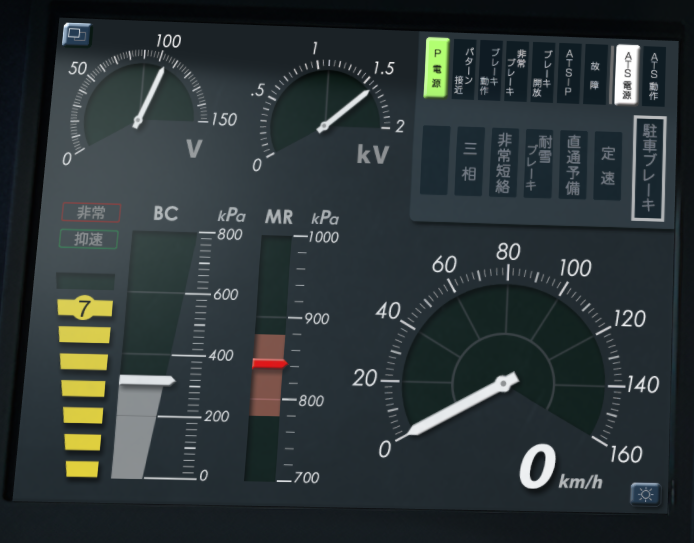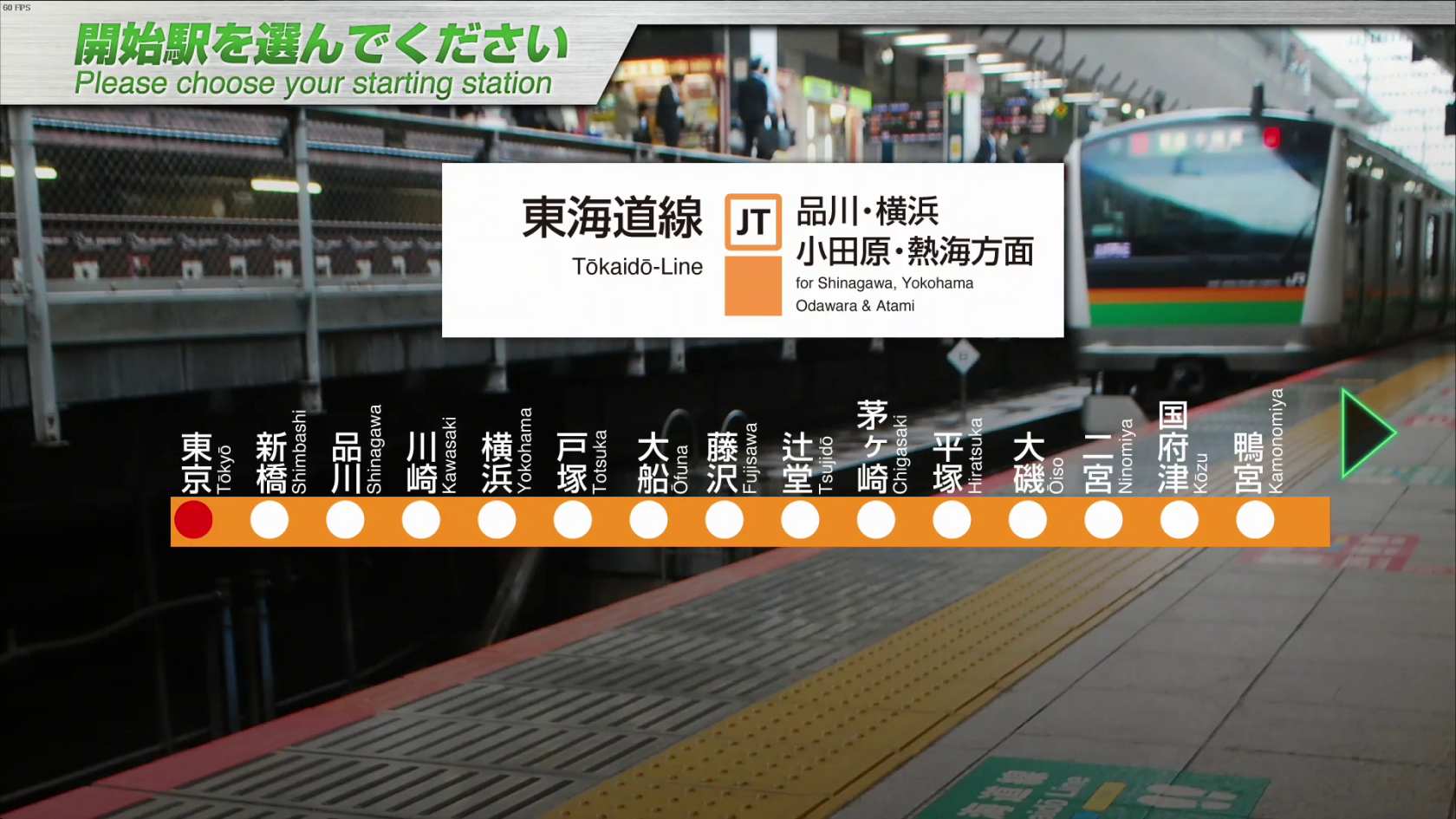Tokaido Line (missing opinion)
Introducing
The Tokaido Line was Japan's first railroad line, including the line between Shimbashi and Yokohama, which opened in 1872. It is known as one of Japan's most famous lines connecting Tokyo to Yokohama, Nagoya, Kyoto, and Osaka, and since the Tokaido Shinkansen began service in 1964, it has been used as a regional commuter line as well as a route connecting the long-known hot springs and tourist destinations of Atami, Hakone, and Izu. This time we can drive from Japan's capital, Tokyo, to the famous hot spring resort of Atami.
In the first half of the train, from the office district of Tokyo, the capital of Japan, and the Shinkansen and boarding scenery, you can see the blue sea of Sagami Bay on the left side of the train, Odawara Castle, one of the 100 most famous castles in Japan, on the right side of the train, Mt. Fuji, the highest mountain in Japan, passing by the Shinkansen while driving and enjoying scenic views while driving.
Key data
- Total length : 104.6 km
- Number of stations : 21
- Safety system : ATP-P
- Train model : E233-3000 series
- Max speed :
- Tokyo ~ Totsuka:110km/h
- Totsuka ~ Odawara:120km/h
- Odawara ~ Atami:110km/h
- Tokyo ~ Totsuka:110km/h
- Max speed after signals :
- Reduced speed (green/yellow) : 75 km/h
- Caution (yellow) : 55 km/h
- Speed restriction (yellow/yellow) : 25 km/h
- Routes :
- Tokyo ~ Atami (1865E) : "Local" - 10 cars - 21 stations - 104.6 km
- Tokyo ~ Odawara (1525E) : "Local" - 10 cars - 16 stations - 83.9 km
Console detail
Apart from the gusseted watch and the door-closing indicator in the center of the console, there are 2 displays.
Main screen
 The first screen (train technical info) displays electrical voltages and various indicators at the top.
The first screen (train technical info) displays electrical voltages and various indicators at the top.
The bottom area contains:
- Brake level and indicators for emergency brake in red (非常) and speed limit in green (抑速)
- Brake cylinder pressure (BC)
- Main air reservoir pressure (MR). Note that if this falls below the red zone (780kPa), the compressor starts up.
- Speed dial.
Here are the translations of the indicators:
|
|
TIMS screen (Train Information Management System)

The second screen contains trip information. The top section shows the time, speed and distance traveled.
This is followed by information on the train, the current station and the next 2 stations: station name, arrival time (except departure station) and departure time. Between each line is the journey time between stations. If the station is a transit station (which doesn't happen in this DLC), the departure time is replaced by a downward-pointing arrow.
Next, in yellow, is the name of the next station where the train will stop, and the arrival time (useful when the next 2 stations are through stations).
Finally, at the bottom of the screen are the different cars. The indicator above each car shows whether the doors are open (in red) or not. Cars can take on 2 colors: blue (engines in use) or yellow (brakes in use).
Personal opinion
No opinion as I don't have this DLC yet.
Useful links
Wikipedia: https://en.wikipedia.org/wiki/T%C5%8Dkaid%C5%8D_Main_Line
Driver's guide: https://docs.google.com/spreadsheets/d/17Rczof1fTfbbFWPnqkOSgm8ijY-r-eJxqa5AHn71E70/edit#gid=371568555
Movie of the line: https://www.youtube.com/watch?v=66KjqmajiCA
Timetables (in japanese):

